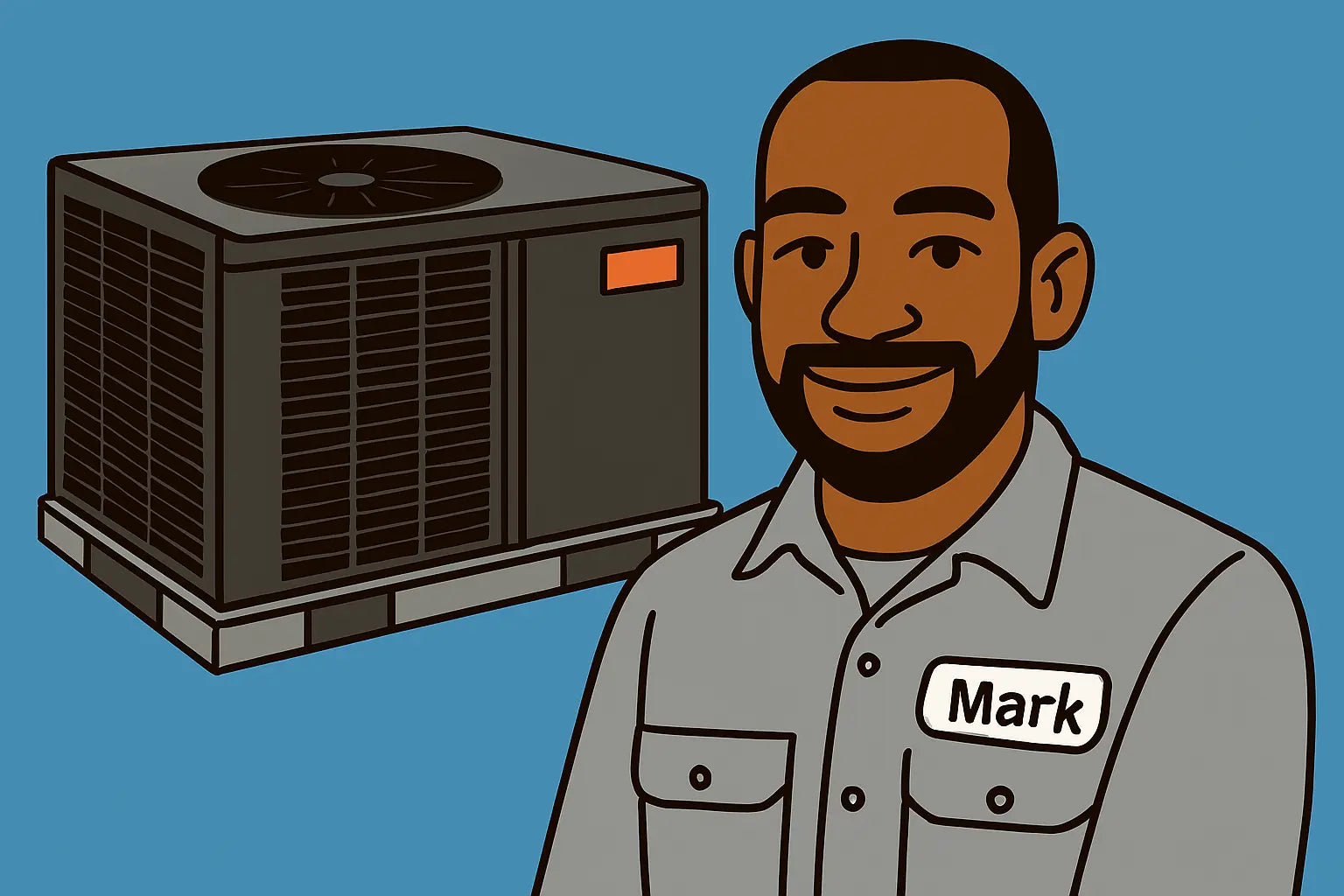Introduction: Let's Get Started!
Hey, Mark here! Installing or maintaining a 3-ton horizontal AC like the Goodman GPCH33631 is rewarding—but let’s be honest, electricity can be a beast if you’re not careful. ⚡ One wrong move and you’re looking at blown breakers, a damaged system, or worse. Don’t worry—I’m here to guide you through the electrical side safely and confidently, with practical tips and pro advice.
Why Electrical Safety Matters
Your GPCH33631 operates on 208/230V single-phase 60Hz, which packs a serious punch. Mishandling wiring can not only damage your AC but also create fire hazards or personal injury risks. Following proper electrical safety ensures your system runs efficiently and your home stays safe.
For a deeper dive into electrical safety basics, check out Energy.gov’s guide on home HVAC safety.
Preparing Before You Touch a Wire
Before starting any electrical work:
-
Turn off the main breaker for your AC circuit.
-
Double-check with a voltage tester that power is fully off.
-
Wear insulated gloves and protective eyewear.
-
Keep tools organized and dry.
Mark Tip: Treat every wire as live until you’ve verified otherwise—better safe than sorry!
Installation Safety Tips
1. Correct Circuit Sizing
Your GPCH33631 needs the right amperage to operate safely. Using a breaker that’s too small can trip often, while too large can fail to protect your system in an overload. Always consult the manufacturer’s specifications and local codes. For guidance on proper sizing, see HVAC.com’s installation safety tips.
2. Proper Grounding
Grounding protects both your system and anyone who touches it. Ensure the AC is grounded according to the manual and local electrical codes. This simple step prevents shocks and stabilizes voltage for smoother operation.
3. Secure Connections
Loose terminals or improperly crimped wires are common causes of AC failure. Tighten all connections and double-check them before powering up. For a visual guide on wiring best practices, check the EIT’s guide to electrical connections.
Maintenance Safety Tips
1. Regular Inspections
Check your AC wiring for signs of wear, corrosion, or rodent damage. Pay close attention to connections, fuses, and breaker panels. Preventive inspections catch problems before they escalate.
2. Avoid DIY Refrigerant Work
Electrical issues often intersect with refrigerant handling. Only certified technicians should touch the refrigerant lines.
3. Power Cycling Safely
When shutting off the unit for maintenance, always use the breaker—not just the thermostat. This ensures all circuits are dead before touching any wires or components.
Common Electrical Problems and How to Spot Them
-
Tripped breakers: Often caused by short circuits, overload, or loose connections.
-
Blown fuses: Can indicate a serious wiring problem. Replace fuses only after identifying the cause.
-
Sparking or burning smells: Stop immediately and call a licensed professional. Never ignore these warning signs.
For a comprehensive troubleshooting checklist, see HVAC.com’s guide to AC electrical problems.
Final Thoughts from Mark
Electrical safety is non-negotiable when installing or maintaining your GPCH33631. By following proper grounding, connection, and inspection practices—and knowing when to call in a pro—you’ll protect your system, your home, and yourself.
If you want to review the full specs, wiring diagrams, and installation details while working safely, check out the Goodman GPCH33631 product page. This is your go-to resource for all the official info you need.
Curious how to maintain this system? Visit my guide: Keep It Cool.
Keep your hands safe, your breakers happy, and your AC running cool. ⚡ Stay sharp, stay safe, and enjoy that crisp, refreshing air!
Mark 😎







